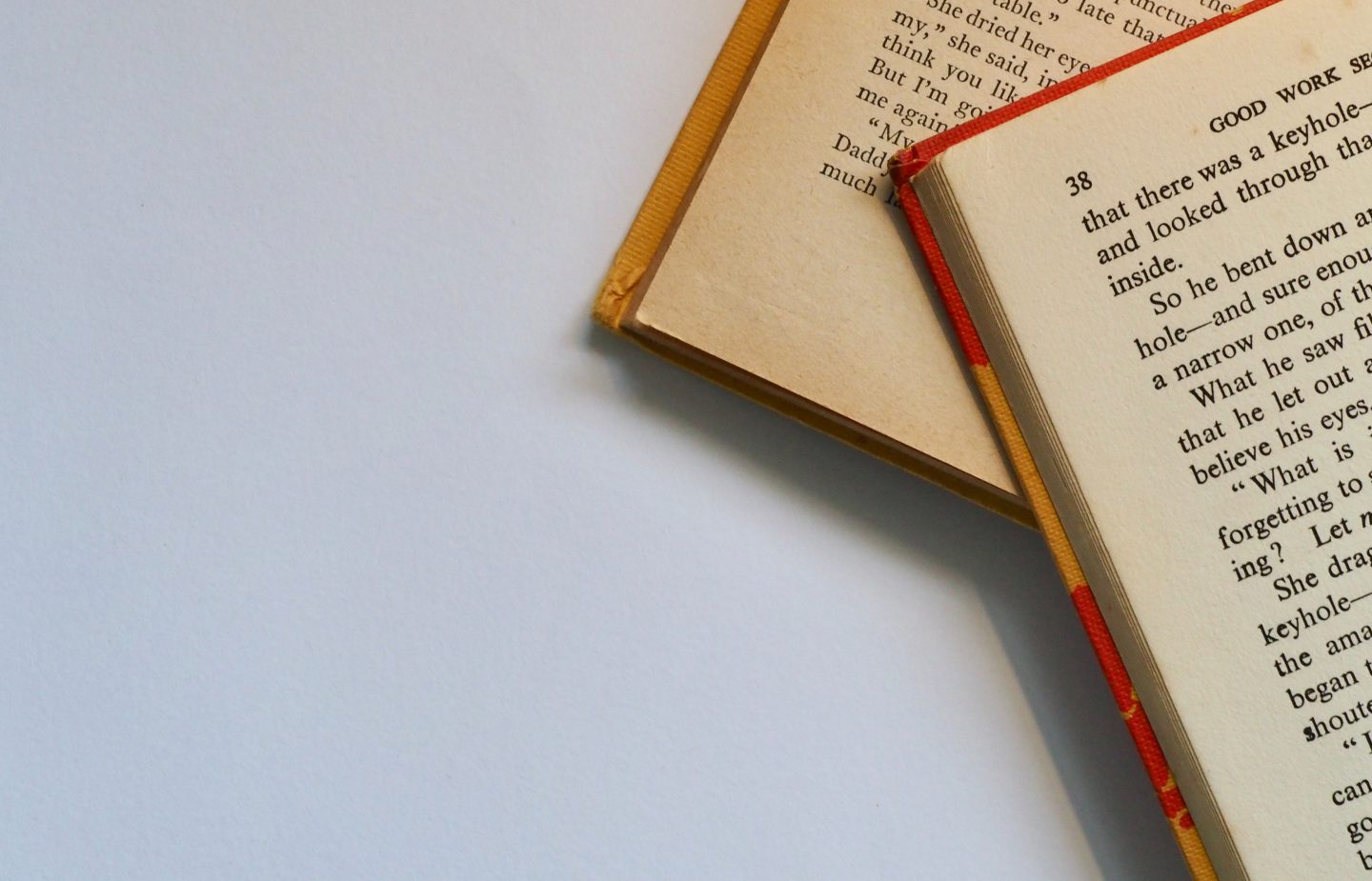
From Pages to Pixels: How to Market to the Modern Reader
Picture yourself reading a book. How do you go about it? Do you make yourself a cup of tea first, or arrange yourself just so in your favorite chair? Or perhaps you’re the type who prefers to read on the go, sneaking in a few moments of quality page time on the bus or train?
Regardless of how you approach it, it’s clear that the act of reading a book is tactile. It engages nearly all of your senses: your eyes move across the page; your fingers grasp the book itself, or trace under a line of text to help keep your place; you can smell the paper and the glue; and you can hear both the sounds of the world around you and mental recreations of the sounds within the book.
Now picture yourself reading an article online. In many ways, the experience is similar: your eyes follow the lines of text, your hand grasps the mouse or remains poised over the keyboard, your ears and nose take in the noises and smells of your environment and your brain paints pictures and sound profiles of the words you’re viewing on the screen. But, more likely than not, you also find your eyes skipping from paragraph to paragraph to mine the text for the most vital information, pausing only to focus on images and hyperlinks.
Despite the connecting threads between the two, it’s hard to ignore the fact that the shift from print to digital has fundamentally changed the way we read.
It’s not that we’re reading or viewing less — quite the opposite, in fact: according to Nielsen’s Q1 2018 report on U.S. media consumption, the average American spends just over 11 hours per day consuming media. This is largely because the definition of content has broadened to include e-books, digital articles, videos with textual components, infographics and of course, sponsored content.
But due to the truly staggering amount of media we take in on a regular day, attention has become a commodity that’s in constant demand. So, how can understanding the differences between how we read printed text and how we read online help you capture the digital reader’s attention?

The Topography of Text
It may be strange to think about, but writing is a relatively new invention in human history (around 3,000 B.C.E.). Because of this, reading is a learned, not intuitive, behavior. Humans love patterns, so in order to understand written text, we make a map of it by repurposing the areas of the brain that are wired for object recognition, spoken language, motor coordination and vision. In other words, we turn words into topographic landscapes by training our brains to recognize the physical formation of letters, punctuation marks and numbers.
How does this landscape of words appear to us on screen? For starters, it’s harder to keep a reader on a webpage than a book page because our eye movements (or ‘saccades’) literally bounce us off the screen faster. People reading on a screen tend to do more skimming, browsing, multitasking and non-linear reading (or jumping around the page instead of reading from beginning to end), meaning that less immersive reading is done on the web.
To help our brains build these digital maps, web designers create webpages that very closely resemble the printed book. How often do you see a web page that’s just a wall of text with no images, hyperlinks or paragraph breaks? Almost never. Much like traditional books, digital content includes colored text to draw the eye, images to provide context and formatting and text separation to guide the reader’s eye and break the writing up into more easily consumable chunks.
Much of the modern computer’s interface is even designed to mimic the real, print world. Think about it: you save a word document in a file folder, and when you no longer need it, you throw it in the trash (or the more eco-conscious recycle bin). You read web pages, you open new tabs, you bookmark your favorite websites… the list goes on. All of these familiar features are in place to make it easier for us to wrap our heads around the online world.

Reeling in the Distracted Reader
In a bid for reader attentiveness, many digital publishers have made editorial decisions such as dropping the Oxford comma and using shorter, more succinct sentences and paragraphs to boost readability. Colloquial language is also favored over formal for most online publications.
You’d be unlikely to spot some of these stylistic choices in a physical book; but when used online, they serve to propel the reader’s attention forward. By removing the pauses that punctuation marks like an Oxford comma create, you’re urging the eye along a line of text faster; and by separating the text into small, quickly read paragraphs, you’re guiding the eye down the page in a way that promotes further reading.
So, you’ve removed all the Oxford commas and portioned out your text into nice snackable pieces. What’s next? Removing all unnecessary distractions.
This starts with embracing the white space on your website. Flooding the margins of your articles with hyperlinks, banner ads, social media embeds and other clickable items is the easiest way to ensure that those who consume your content will do so in a scattered and uncommitted way. Plus, placing overt advertisements on your site is certain to repel readers — even marketers themselves can’t stand things like banner ads.
This isn’t to say that you should neglect visuals when building your content, however. Including relevant images in your content can increase reader information retention from a meagre 10% to a whopping 65%.
Think of images as memory incubators; after all, your visual memories are some of your strongest, rivalled only by your physical ones. But since you can’t wave a magic wand and make the words of a piece of digital content burst out of the screen, complete with their own mass and texture, you must focus on providing as visually stimulating an experience as possible. Experimenting with different content formats, like photo galleries and interactive articles, is a great way to do this. The Atlantic and The Telegraph are publications that particularly excel at creating living, highly interactive content.
But in the end, the best way to capture reader attention is to share a story worth reading. Adopt journalistic ethics and instincts when crafting your content. Have you backed up all your statements and claims with legitimate sources? Has the story you’re telling been told before? And if so, how can you lend a fresh perspective to it? Use a compelling, narrative tone as much as possible, and allow your unique tone of voice to shine through. People will take a story with a human face behind it over a bland regurgitation of facts and figures any day.
To cater to today’s erratic, ping-pong style of reading, you need to do everything you can to make digital text less tiresome to consume. Clever marketers create stories that seize the reader’s attention, but also give them a reason to stay once they have it. By understanding how the online reader actually navigates their way through your articles and posts, and how that style of consumption differs from the print reader’s, you’ll be well on your way to becoming an ace content cartographer.
Get your Content Marketing Fix
Sign up to receive tips on storytelling and much more.
We promise to respect your inbox.


